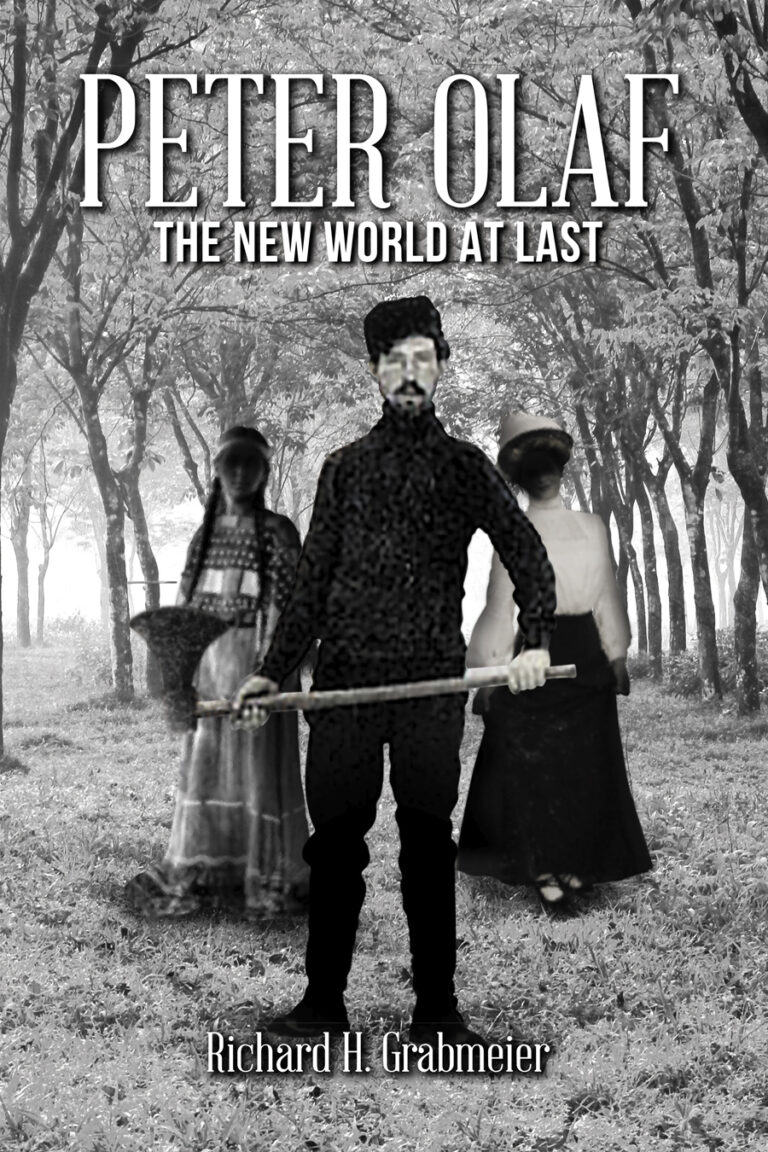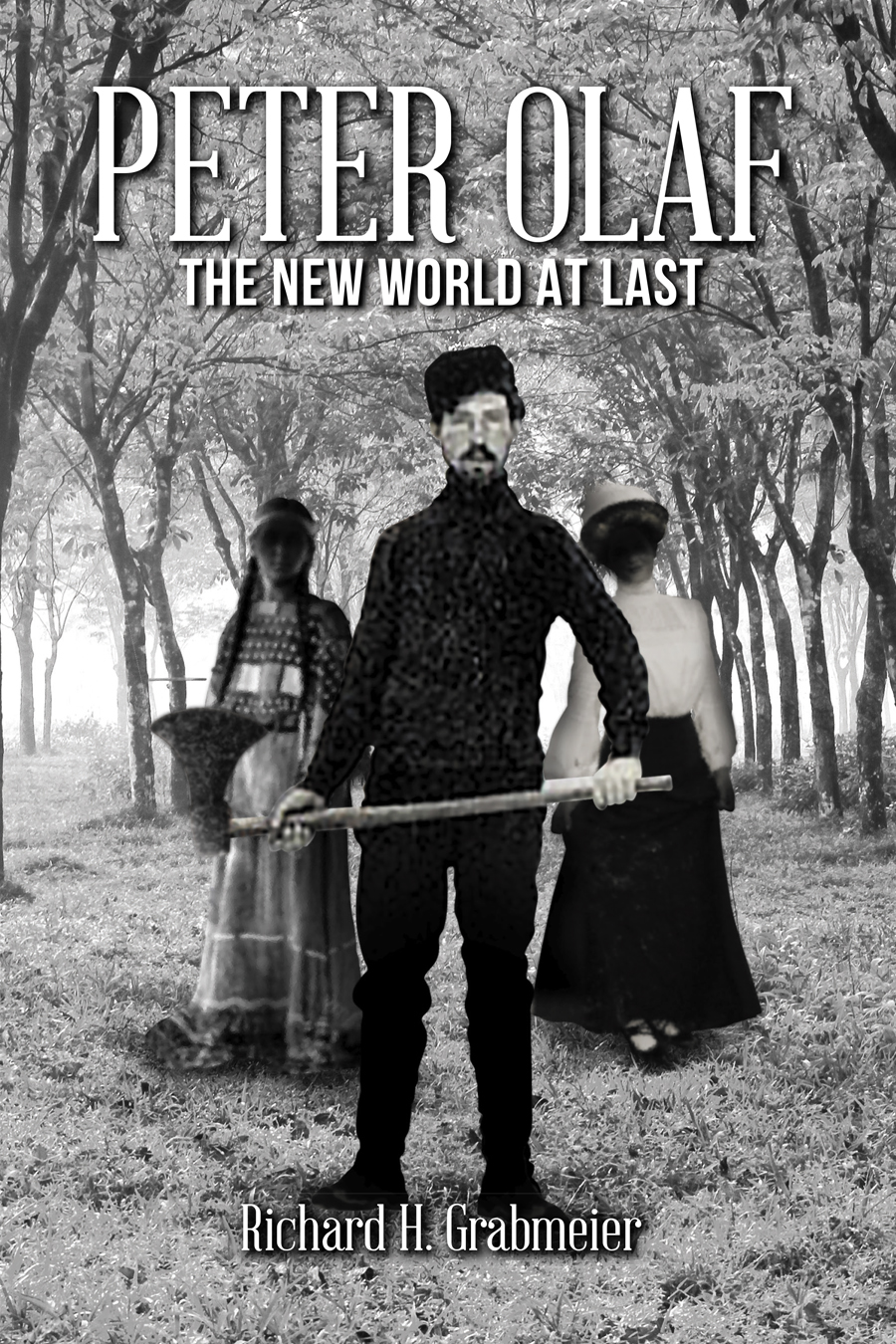Seventeen-year old Peter Olaf Hokanson, a smart and ambitious immigrant, leaves behind his family and the girl he loves in Huskvarna, Sweden to make something of himself in America. His rise from being a poor logger in the frigid forests of Northern Minnesota to becoming a rich Minneapolis businessman is fraught with danger and near-death experiences that culminate in a murder trial that could derail everything Peter has built.
Richard H. Grabmeier movingly captures the spirit of a youthful immigrant and the exciting promise of wealth and status in late 19th century America in PETER OLAF, who is both an engaging and likable protagonist. The descriptive passages of the logging camp, the lumber company that Peter takes over at age eighteen, the trip back to Sweden as a successful businessman, and the chilling courtroom scenes are rendered beautifully, showing Grabmeier’s promise as a writer. A sequence where Peter and his quirky French boss chase down and capture a thief is thrilling and very funny, and a passage depicting the danger of working as a “river pig” with the specter of a horrific death hanging over every day’s labor is emotional and gripping. Grabmeier’s exuberant execution of challenging historical material makes plowing through the frequent grammatical and spelling errors in the book bearable, but also rather frustrating, knowing that a good editor could have done wonders for this worthy story, catching simple mistakes such as the inversion of a date, 1920 instead of 1902, that cause great confusion for the reader, thinking that the narrative has suddenly jumped ahead eighteen years.
The pacing of PETER OLAF is also problematic, as the story rolls out quite unevenly in places; for instance, many pages are spent on the beginnings of Peter’s love affairs and few on the endings, giving him a somewhat caddish tone that doesn’t seem to be intentional. Major events in Peter’s life are sometimes drawn out at great length and other times summed up in a paragraph. There are also a few characters that suffer from dubious cultural and ethnic representation; rendering the Jewish banker as somewhat of a villain causes discomfort for the reader, particularly as this seems to justify another character’s antisemitic sentiments, and the (few) Black characters feel stereotypical and oversimplified. The female characters fare better, but overall are not as well drawn as the men and tend to sink under the weight of their child-bearing narratives.
Full of savvy and humor and replete with deep friendships and numerous romances, there is much to like in Richard H. Grabmeier’s PETER OLAF, but the issues of editing, pacing, and cultural and ethnic miscalculations threaten to overshadow an otherwise inspiring and engaging story.
~Shari Simpson for IndieReader


